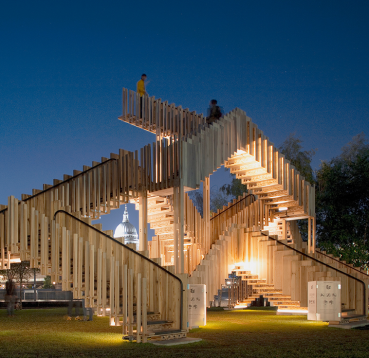-

-
Lords Warner Stand
Lords Warner Stand by Populous Architects made using American white oak Glulam
-
-
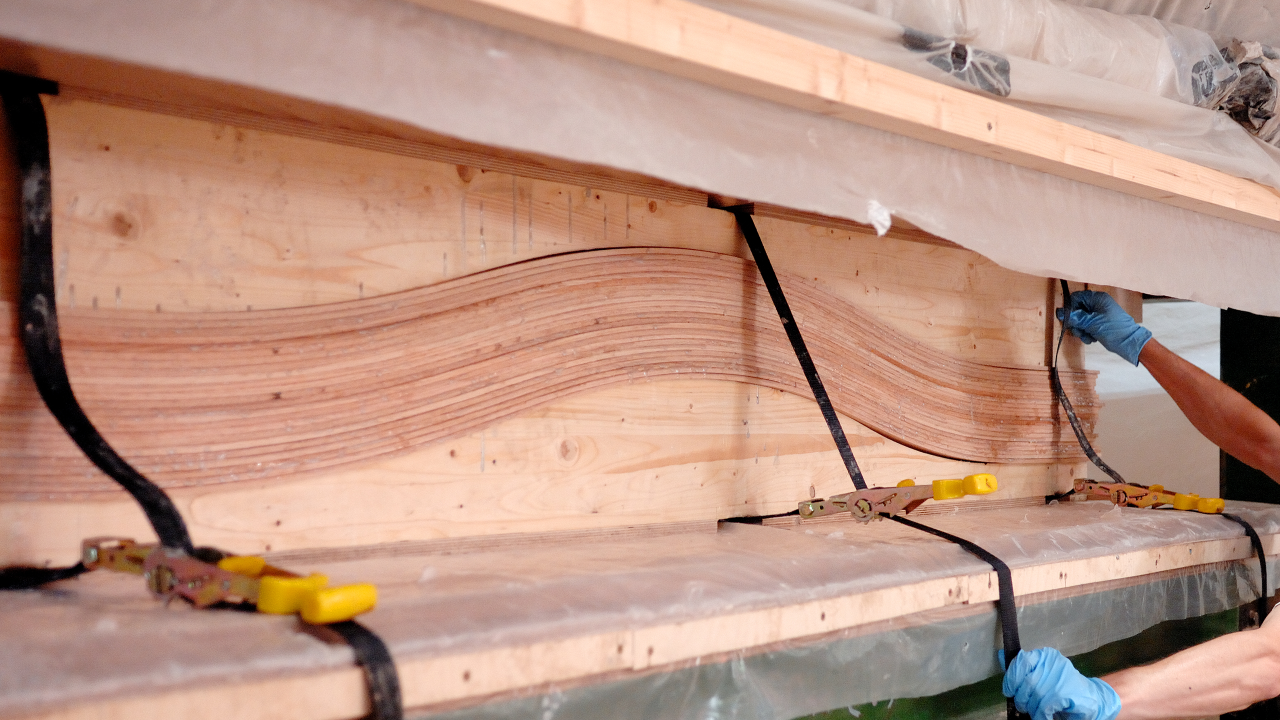
-
Timber Wave
Timber Wave by AL_A architects made using American red oak Glulam
-
-
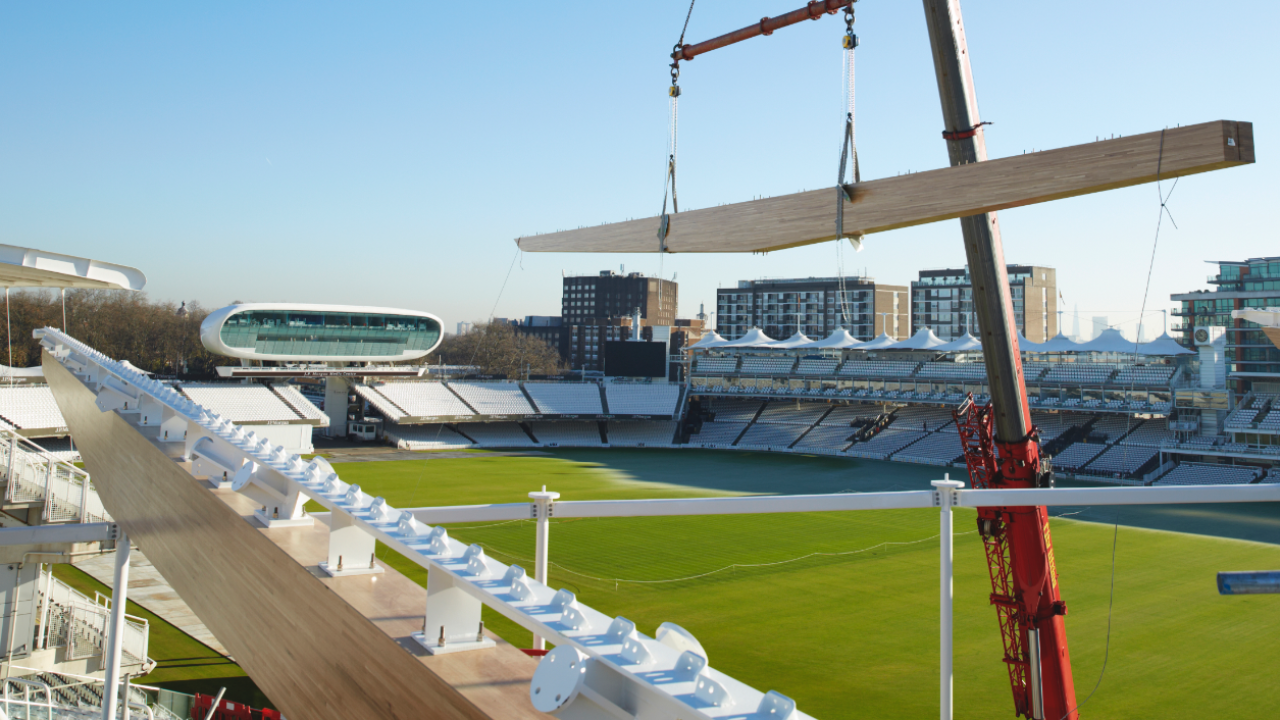
-
Lords Warner Stand
Lords Warner Stand by Populous Architects made using American white oak Glulam
-
-
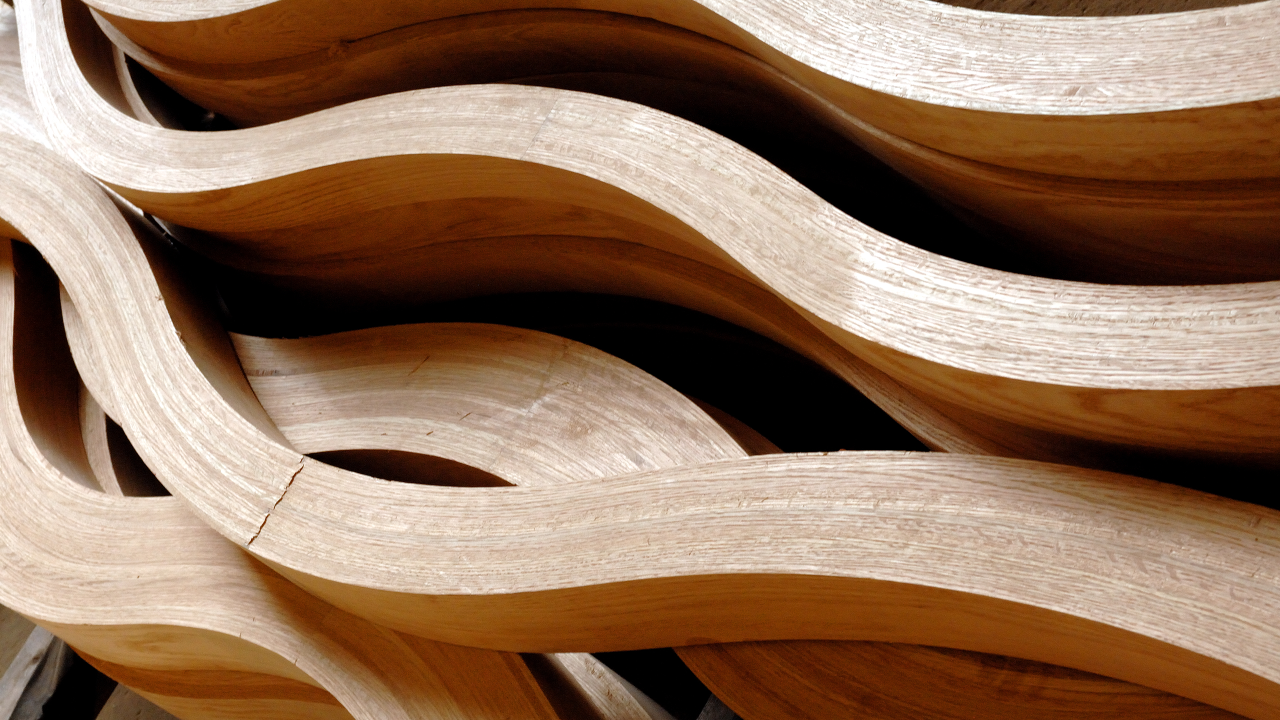
-
Timber Wave
Timber Wave by AL_A architects made using American red oak Glulam
-
-
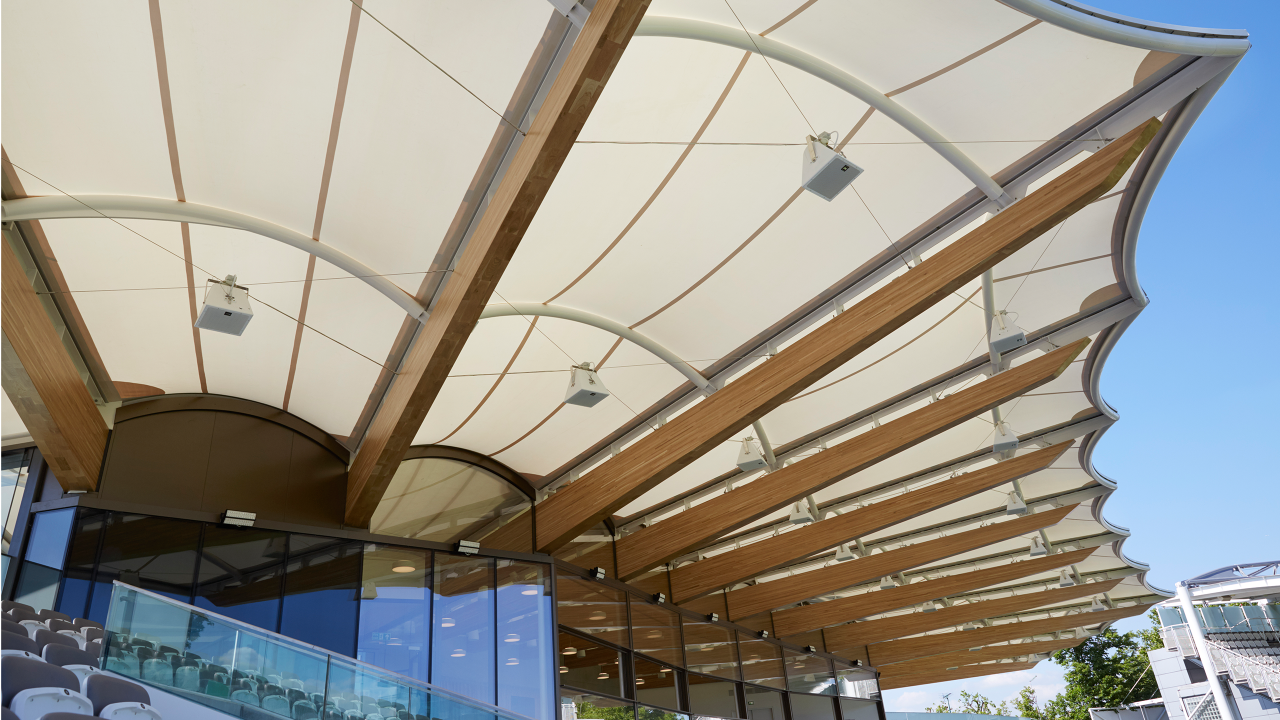
-
Lords Warner Stand
Lords Warner Stand by Populous Architects made using American white oak Glulam
-
What is glue laminated timber?
Glue laminated timber (Glulam) has been used in construction for many years. The first beams were made in Europe in the 1890’s and the first patents were issued in the early 1900’s, signalling the true beginning of commercial glued laminated timber construction. In the last few years there has been a resurgence along with other engineered timber products in Glulam construction, with architects and designers looking to build more buildings in timber with the emphasis on building in sustainable materials.
How is it made?
Glulam beams are traditionally constituted by layers of laminated timber that has been planed and glued together under pressure and heat. The laminating process allows smaller pieces of timber to be finger jointed and glued together under pressure to make beams with much longer spans that can support heavier loads than concrete and steel. The recent development of Computer Numerical Control (CNC) allows Glulam to be cut into more unusual and complex shapes with a high degree of precision. The high strength and stiffness of Glulam enables large spans without the need for intermediate supporting columns and gives more freedom for interesting design without sacrificing the structural requirements.
The role of American hardwoods
Glulam construction is largely the domain of structural softwood because of availability and cost of softwood timber. There is however a smaller niche market for hardwoods in Glulam construction where, because of the higher strength values of hardwoods, a higher structural integrity is needed. Hardwood beams can be twice the strength of softwood beams. Another advantage of Hardwood Glulam is the potential for smaller cross sectional dimension beams to achieve a similar strength value as softwood. Hardwoods can also offer a more aesthetic looking finished product.
There is less published data on structural hardwood Glulam beam performance than there is for softwood. This together with the added cost of the hardwood timber may contribute to the lower market acceptance of hardwood Glulam.
Examples of use
American hardwoods have been used successfully in a number of commercial Glulam structural projects in the past, most notably the Hopkins designed barrel vaulted roof back in 2002, and more recently the Populous designed The Warner Stand at Lord’s Cricket Ground in 2018. Both of these projects used American white oak in their construction. From these two ground breaking projects we know the structural capability that white oak has to offer and how it compares strength wise with European oak for Glulam construction. Red oak was also used to great effect in the AHEC demonstration project Timber Wave designed by AL_A (Amanda Levete architects) for London Design Festival 2011.
AHEC is about to embark on a structural research project that will further investigate the credentials of American red oak for Glulam manufacture and also look at the potential for tulipwood utilising this species’ high strength to weight characteristics.
Examples of Use


